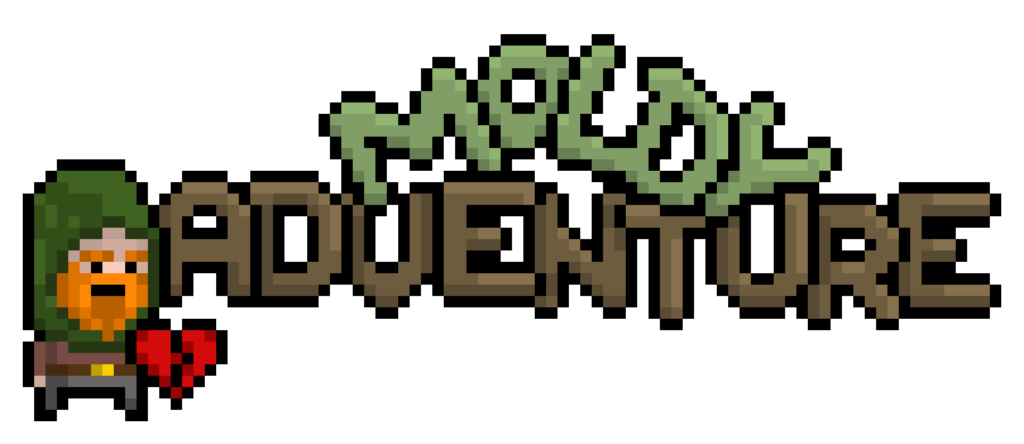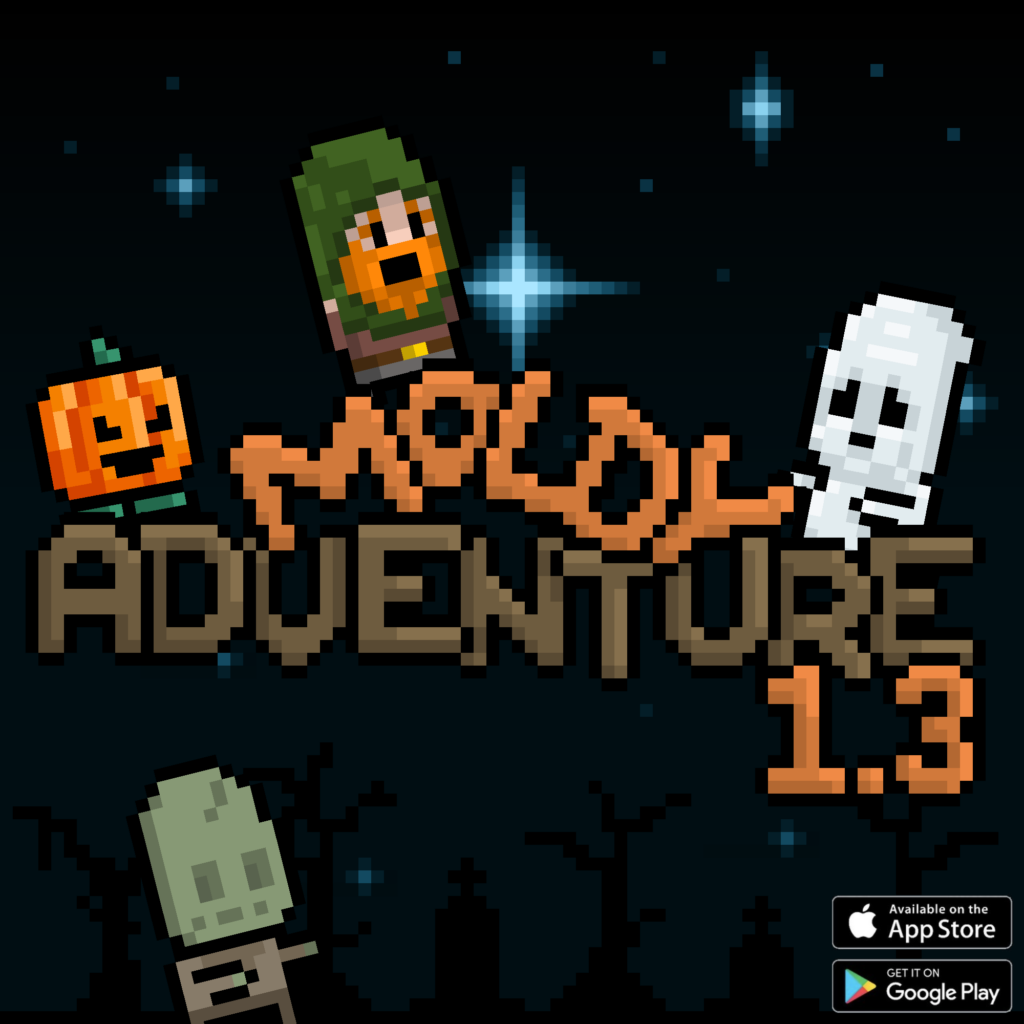
With the release of Moldy Adventure’s 1.3 update, I made a bold move by eliminating what I had once considered a crucial game feature. Surprisingly, this decision turned out to be for the better! While I typically avoid cliches, the phrase ‘Kill your Darlings’ truly resonates with me in this context.
In the initial version of Moldy Adventure, I implemented a Health Bar featuring three hearts. To me, this was a classic gaming mechanic, reminiscent of early Game Boy titles like Super Mario. It appeared to be an effective way to inject a sense of high stakes into the game. Simultaneously, I utilized this mechanic to reward players for discovering and collecting Hearts within the game’s levels. Additionally, it served as a progression system, allowing players to upgrade their Health Bar with extra Heart slots. Moreover, players could replenish hearts gradually over time or through in-game currency and ads. Overall, this Health Bar seemed like the linchpin of the game.

In retrospect, the heavy reliance on this single feature might explain why I initially disregarded feedback from testers and criticisms from users. They voiced concerns about the wait time for heart replenishment and expressed frustration with in-game ads. In response, I would advise them to be more cautious and strategic with their hearts. In my mind, I was attempting to recreate the nostalgic feel of the games from my childhood, justifying it with the notion that players wouldn’t have to restart the game from level 1 upon running out of hearts.
Game development is a hobby for me, squeezed into the spaces between a demanding IT job, family commitments, and other leisure activities. Consequently, after the 1.2 update of Moldy Adventure, I took an extended break from the project. However, over the summer, I began contemplating a return to the project, driven by a desire to address the primary point of criticism from players.
As I warmed up to the idea that the Heart Bar mechanic might not be the best fit for the game, I started examining the issue and revisiting the early feedback from my testers. One tester’s comment struck a chord: “The gameplay encourages experimentation! It’s easy to act and see what happens, but I get penalized for experimenting…” This feedback was spot on. As the difficulty ramped up in the puzzle and maze levels, experimentation became increasingly vital to solving them, especially in the later stages. It became clear that the Health Bar was hindering what was, in fact, the core essence of my game—experimentation and puzzle-solving.
After removing this feature and allowing players to have unlimited attempts on each level, the response was overwhelmingly positive. This change naturally resulted in longer gaming sessions and a larger portion of the player base progressing to the later levels, thereby experiencing more of the game.
All in all, while this may not be a groundbreaking revelation, it has been an invaluable learning experience for me. I wholeheartedly encourage others to embark on a similar journey – to genuinely listen to criticism and create some distance between yourself and your creation, no matter how attached you may be to it.
In the realm of game development, where passion and creativity are paramount, it’s easy to become emotionally invested in your projects. However, it’s equally essential to recognise when a cherished idea might be holding your creation back. Embracing constructive feedback and being open to change can lead to the growth and improvement of your game, making it a more enjoyable experience for players.
Thank you for reading, and if you’re interested, make sure to check out the game on iOS and Android!
/Sam


Super exciting read. I enjoyed the early version of the game, but it was in fact the wait time for more hearts that made me churn. I actually appreciated the way you monetized the game, and if it isnt watching ads that funds the fun, then it has to be something else (given it should be a full-time job). I am going to give 1.3 a spin ✌️ keep up the good work.
I really enjoyed the game, but it was also the wait time on replenishing hearts that made me churn. However, I liked the hearts and the way this was implemented as a soft monetization. Especially when comparing to other free games out there. I will give 1.3 a spin! Thanks for the game and great to hear you make room for all of your passions in your life. All the best.